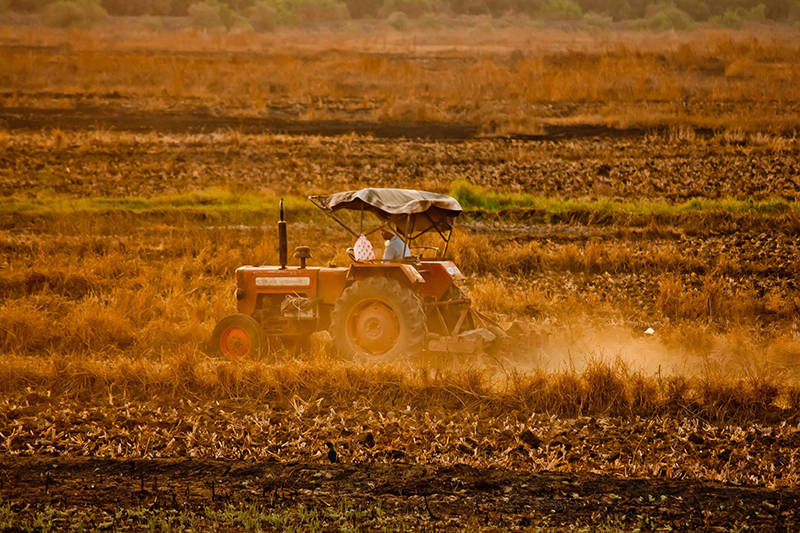Canada says ‘no thanks’ to European-style agriculture

Shifts to organics and heavy restrictions on the use of pesticides and synthetic fertilizers are paving a path to unsustainable agriculture in Europe, leading to lower production and reduced food security.
Canada is not headed in that direction.
Despite some pundits’ assertions to the contrary, this country is not restricting food production. The recent focus on the federal government’s fertilizer emissions reductions goal and the national carbon release reduction policies have added fuel to a political fire that has little to do with Canadian farm realities.
Unfortunately, the federal government fumbled the ball when it rolled out its aspirational farm-fertilizer emissions goals. That created opportunities to politicize them and raise questions in farmers’ minds about the policy future for farming in Canada. Producers rightfully question where their federal and provincial governments are headed when it comes to farm environmental sustainability programs.
There are few international examples of what might be required to meet emissions reductions goals for Canada, so the ill-conceived European Union’s Farm to Fork strategy has been an easy target.
At its shallowest level, the EU’s strategy doesn’t appear to hamper production or farm profitability but the devil is in the details when it comes to farm policy.
The Canadian fertilizer emissions reduction goals don’t specify a limit on fertilizer use, but instead focus on reducing losses through best management practices.
In contrast, the EU’s details have plenty of devils for food production.
In those details, 25 percent of all agriculture will employ organic production by 2030, with a mandated 20 percent reduction in fertilizer use to help reach a 50 percent fertilizer emissions reduction.
Both these changes will result in less food being produced. Though the policy is built on poor science, it is publicly palatable and voter friendly, for the time being.
Canadian and American governments have expressed concerns about the EU plan and its effects on global food security and trade. They predict that the EU will require more food imports to meet its needs and that it will further restrict imports of products that aren’t raised under EU-type standards.
Our federal agriculture minister remains adamant that there are no plans to restrict, tax or cap synthetic fertilizers in this country or move to EU-style agriculture policies.
While some Canadian producer groups propose a compromise on emissions targets, the larger questions remain. Are we using the best scientific standards available to benchmark current emissions? Using currently known best practices and scientific methods to measure these, what will be the emissions reductions for each crop, location and animal unit? We need to better understand these before public policy is made.
At the same time Canada can’t ignore changes being made in the rest of the developed world and still expect to remain a preferred exporter and trade-friendly partner for the future.
Neither border adjustment mechanisms relative to carbon dioxide emissions, nor other import restriction tools, have so far been applied to agricultural products imported into the EU. As Farm to Fork becomes reality and EU production drops, the EU will likely use those types of tools to protect its farmers’ incomes.
The highest science-based production yields per acre or animal unit at the lowest emissions cost are the right carbon path for this nation’s agriculture. It is a path that might be accepted by the 98 percent of Canadians who don’t farm, without imposing detrimental changes upon the sector. Public policy matters, here and abroad.
Read also
Wheat in Southern Brazil Impacted by Dry Weather and Frosts
Oilseed Industry. Leaders and Strategies in the Times of a Great Change
Black Sea & Danube Region: Oilseed and Vegoil Markets Within Ongoing Transfor...
Serbia. The drought will cause extremely high losses for farmers this year
2023/24 Safrinha Corn in Brazil 91% Harvested
Write to us
Our manager will contact you soon



